People in industrialized countries today spend 90% of their lives inside buildings. Unfortunately studies show that the air inside these buildings is more polluted than the outdoor air in most cities and more than 80% of us live in cities.
In the 1970’s fuel conservation became a big concern and we started building houses, offices and schools with more energy efficient designs and products. The new air-tight buildings seal in highly allergenic products with the occupants. When you tighten up buildings for energy efficiency the indoor air quality can suffer.
50% of all illnesses are caused or aggravated by polluted indoor air according to the American College of Allergists.
The American Lung Association states that air pollution contributes significantly to lung disease, respiratory tract infections, and asthma and lung cancer.
Asthma cases have more than doubled in the past 20 years. The National Center for Health Statistics reports that over 7 million children and more than 12 million adults suffer from asthma. 50 million Americans suffer from some sort of breathing difficulty.
USA Today (Sept 30, 2004) reported that household chemicals are linked to the increasing incidence of childhood asthma. Children are more vulnerable to toxic vapors because they have a higher breathing rate to body size than an adult.
Common household pollutants:
Pollen — Pollen is blown into your house with the wind or carried in on your clothes and it causes war with your sinuses. Even if you are not currently allergic to pollen as your system is continually bombarded with toxic chemicals in the air you can develop allergies to things that used to not cause you problems.
Combustion fumes — Poorly ventilated fireplaces, gas furnaces and gas appliances put unhealthy toxins in the air.
Mold
Household dust and dust mites — One ounce of dust contains 10-20,000 dust mites. 10% of the population is allergic to dust mite fecal protein.
Pet hair and pet dander – 70% of households have one or more domestic pets. 10 million are known to be allergic to their pet.
Microorganisms — bacteria, viruses and fungi. These are infections that can spread through coughing and sneezing and are floating around in the air.
Tobacco Smoke
Radon – 1 out of 15 U.S. houses has radon levels above the EPA’s recommended level. Radon exposure is right after cigarette smoking as a cause of lung cancer. Radon is a naturally occurring gas that comes from radioactive decay in soil; it floats up from the ground into your home through cracks in the foundation, floors and walls.
Pesticides – 90% of all US households use pesticides. 85% of pesticide exposure occurs inside the home.
Volatile organic compounds – VOCs are chemicals that evaporate into the air from building materials, paint, fabrics, carpet, adhesives, bathroom deodorizers, and cleaning supplies.
There are four ways to deal with your indoor pollution eliminate, ventilate, filter and purify. Next, are some suggestions on how to accomplish all four.
Eliminate known sources of indoor contaminants.
- Quit smoking
- Stop using your fireplace. Fireplaces put out carbon monoxide, nitrogen oxide and dioxide and oxides of sulfur, and increases humidity, all things that aren’t healthy.
- Properly maintain your furnace
- Clean carpets often. New carpets emit volatile organic vapors. Retain allergens from dust mites and pet dander. Fungus can grow if water damaged. (Look for CRI-certified products). Remove shoes when walking on carpet to eliminate pollen and allergens coming in off your shoes.
- Wash your pet frequently, keep pets away from carpets and fabric covered furniture. Place litter boxes in an area unconnected to the home’s air supply and clean often. Keep pets outdoors as much as possible.
- To get rid of dust mites: Encase mattresses and pillows with dust proof or allergen impenetrable covers. Get rid of moist air, use a dehumidifier if necessary. Wash all bedding in hot water once a week. (This kills them). Wash all blinds and curtains regularly. Choose hard flooring. Use a damp mop or rag for dusting. Vacuum draperies and furniture often.
- Limit your use of chemicals. This includes household cleaners. According to the EPA 41% of standard cleaning chemicals are dangerous. Select non-aerosols and non-toxic products with minimal chemical solvent and odor release.
- Avoid the use of air fresheners and deodorizers. These products use chemicals to mask unpleasant odors.
- Use fabric softener sheets they release less toxic chemicals into the air.
- Resort to pesticide use only when necessary. Do not store pesticides in the house.
- Put some live plants in your home. Plants can clean up to 87% of some indoor contaminants. Plants absorb chemicals from the air, help balance humidity and increase oxygen levels.
Ventilate to dilute and exchange air. Poor ventilation is the biggest cause of indoor air quality problems.
- Opening windows and doors will dilute the indoor polluted air.
- Make sure exhaust fans in the bathroom and kitchen are in good working order and vent to the outside.
- Maintain a humidity level of 30-50%. Do this with humidifiers and dehumidifiers.
- Check you AC coils regularly for mold growth.
- Caulk wherever necessary to keep moisture out.
- Weatherproof windows, doors and vents.
- Get regular maintenance on your heating and cooling systems.
Filter air to remove suspended particles, aerosols and volatile organics.
- Change the filter on your furnace frequently. Purchase the best filter that you can afford.
- Air conditioning helps prevent pollen and other outdoor allergens from entering your home.
- Dust frequently with a damp rag. A dry rag just scatters the dust into the air.
- Make sure all air ducts are tightly sealed.
- Vacuum with a HEPA (High-Efficiency Particulate Air) filter. Central vacuums that vent to the outdoors are best.
Purify air
A room or whole house purifier may be necessary if all of the above suggestions don’t help. Look for an air purifier that uses Ozonation, Ionization, UV Radiation or Radiant Catalytic Ionization. These are safe methods of purifying indoor air.
Since breathing and air are essential for our survival we need to be conscious of the air quality in the spaces where we spend so much of our time, our own homes.
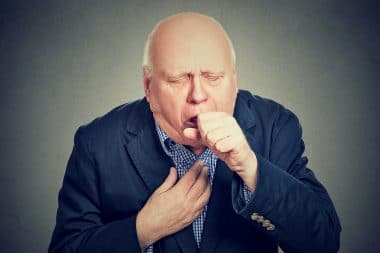
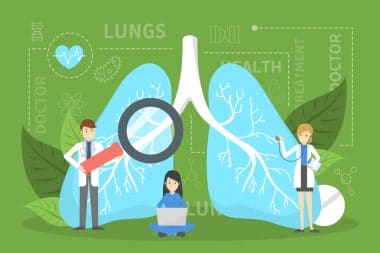
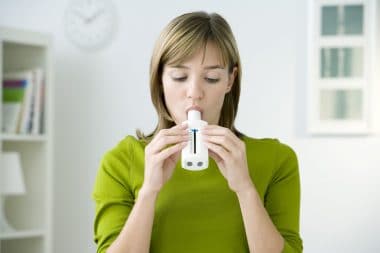
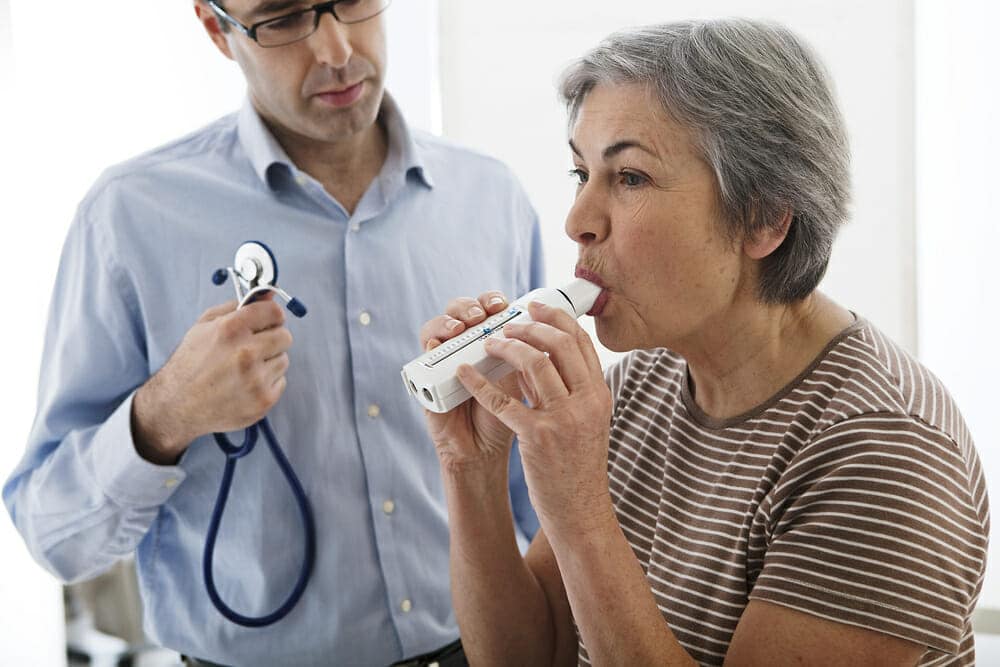
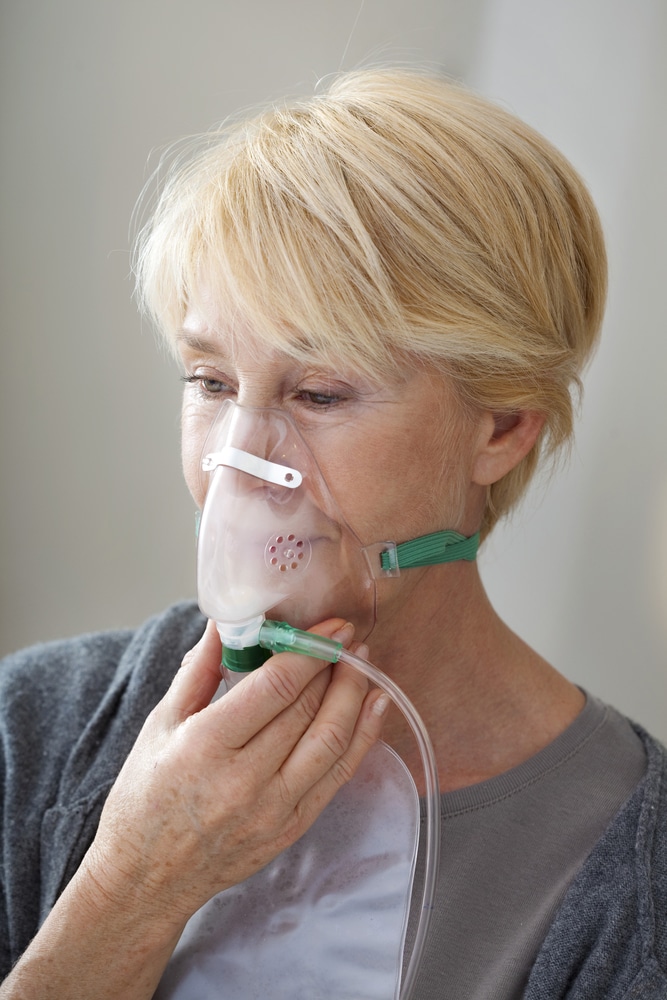
Reply